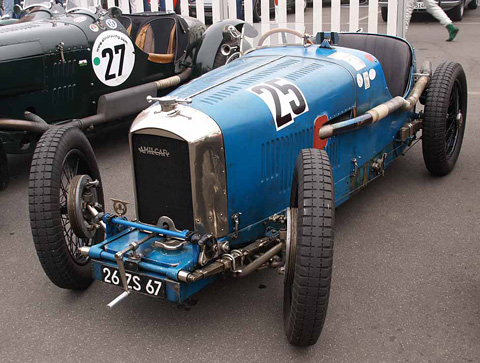
The most famous of all Amilcars is the 1926 C6. It almost dominated the 1100cc classes in France, using a DOHC supercharged six cylinder engine. A masterpiece of diminutive engineering, it was built as both as a customer car and factory team racer.
Correspondent Alessandro Gerelli goes French at the Nurburgringring Oldtimers. Also included are Maserati and Ferrari images so scroll down. All photos copyright Alessandro Gerelli. Captions by staff.
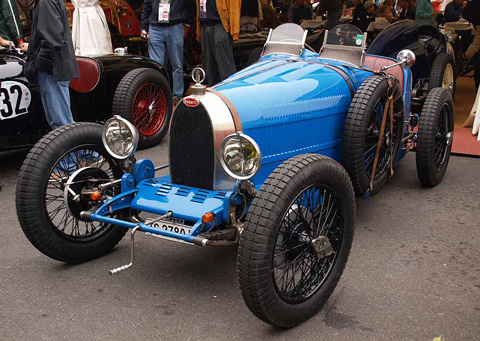
1931 Bugatti Type 37. Everything is relative, but this was the less expensive Bugatti, which aside from the four cylinder engine and wire wheels, was very similar to the Type 35. 290 Type 37s were built.
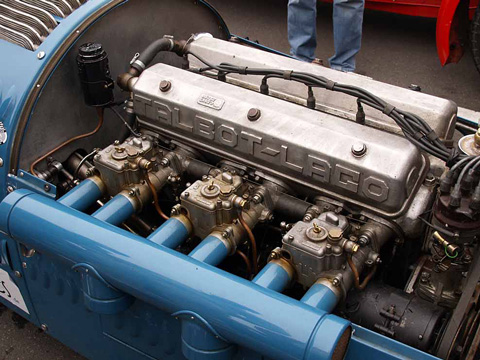
The 4.5 liter Talbot Lago T26C engine. Tony Lago was born in Venice, so perhaps the Italian Weber carbs are appropriate, although originally the Talbot used Zenith-Strombergs. Lago’s chief engineers were Italian as well.
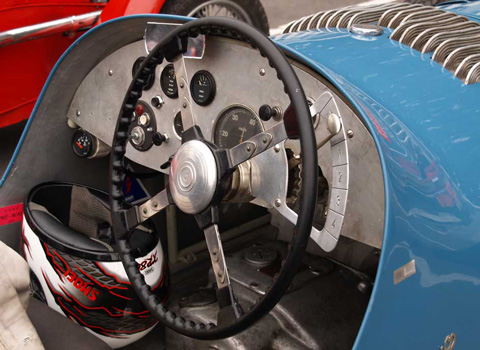
The Wilson pre selector gear lever in the Talbot Lago T26C. Approach corner, select gear, when gear is desired, operate clutch, leaving hands free to steer around corner. In the 1920’s, Tony Lago was the general manager of the Wilson Self-Changing Gear Co., hence the use of the gearbox in Talbot Lagos.
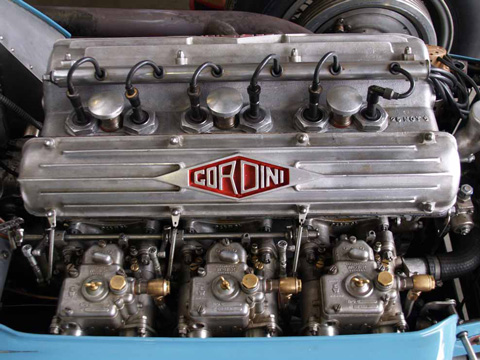
The engine of the 1952 Gordini 16. This is chassis number 33 once owned by Christain Huet. There are later Webers on this engine as well. The engine is about 2.2 liters and was raced under the 2.5 liter formula in 1955. Gordini closed the race shop in 1958.
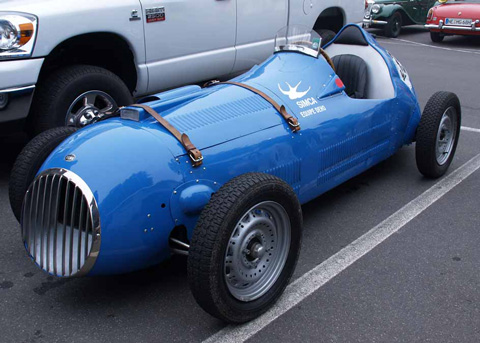
A Simca Deho. Deho was apparently a French tuner, and produced at least one sportscar before WWII and this single seater shortly after. Not much is known about this car–can our readers help?
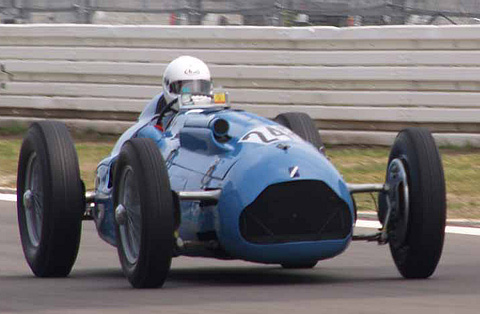
1948 Talbot Lago Type T26 on the track. These cars were not backmarkers. Largely driven by independents, the Talbot Lagos won four major Grand Prix victories in 1949.
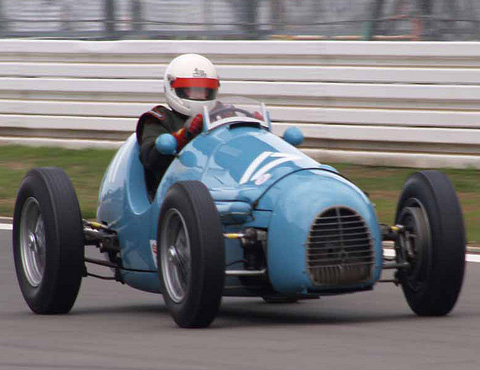
Grand Prix Gordini N. 33 at speed. The car was driven by Jean Behra at the Grand Prix of Pau in 1955. Most of the single seat Gordinis were bought by the Schlumpfs–this one escaped them.
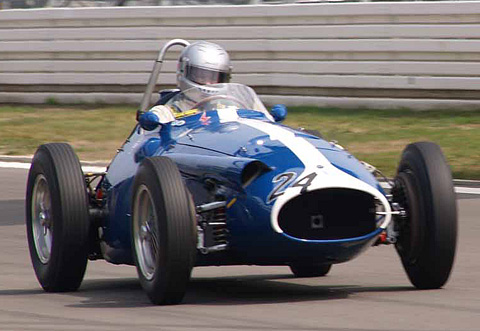
Maserati 250F (chassis 2534) and winner of the race driven by the Dutch Jos Koster. It was painted in U.S. racing colors when Masten Gregory tested it at the 1958 Italian GP. (Read more on the 250F)
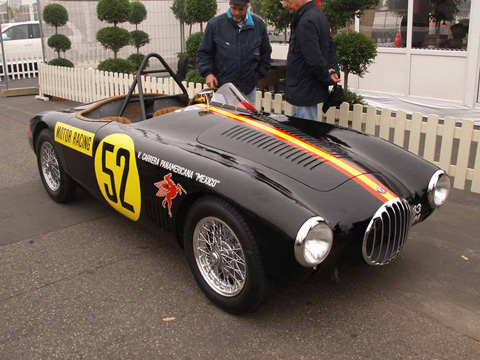
Originally owned by Giulio Cabianca, OSCA MT4, S/N 1142, was entered in the 1954 Carrera Panamericana, driven by Roberto Mieres. Owned for many years by Peter Kaus. (Read more about OSCA and Cabianca)
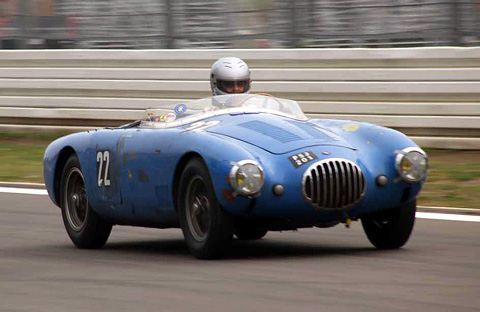
Osca MT4 with a very original body. The MT4 would be OSCA’s most famous model and achieved class victories all over the world.
The Maserati brothers continued their famous craftsmanship on OSCAs after leaving the Orsi concern after WWII.
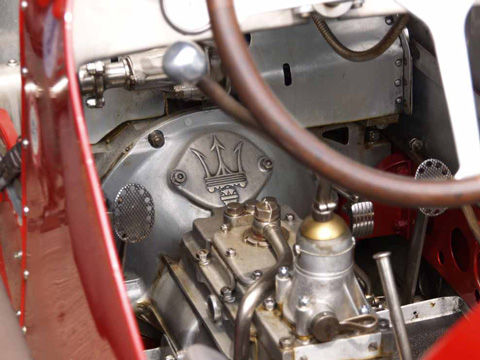
If you want to know why the Maserati brothers are held in such esteem, check out a pre-war car. In the Maserati 6CM the tridente appears clearly even on the gear box. (Read more about the early Maseratis).
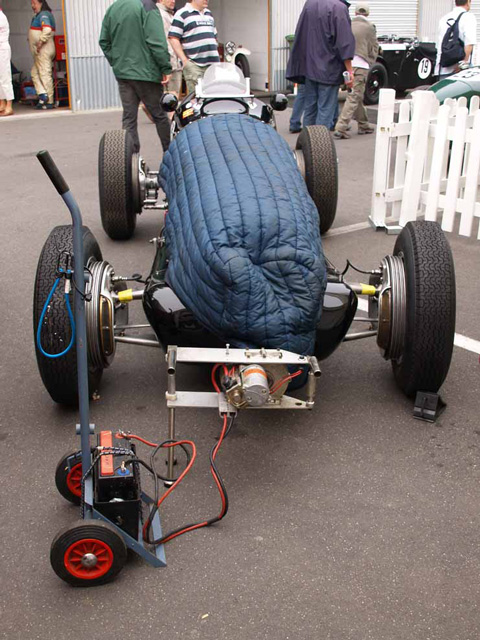
A Maserati 6CM of 1937 resting before the race with a battery charger and a cover.
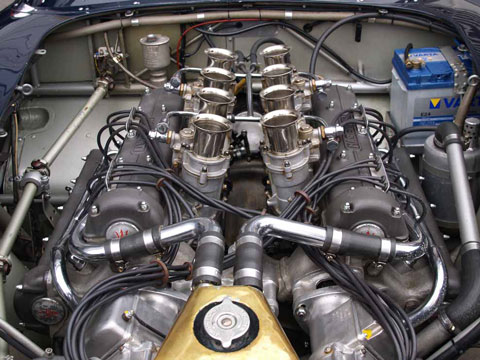 Maseratis by Orsi continued the tradition of great engine design; here the 450S, with its multiple Webers.
Maseratis by Orsi continued the tradition of great engine design; here the 450S, with its multiple Webers.
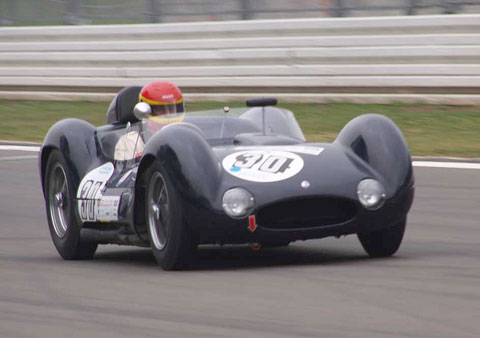
A Maserati Birdcage enjoys the Ring.
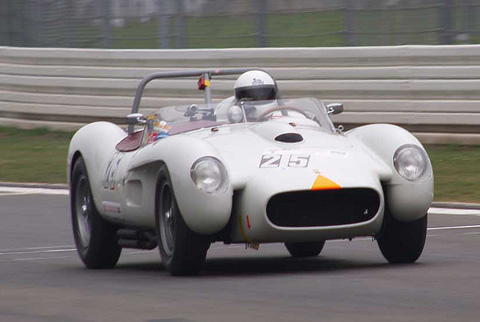 Ferrari TRs are as popular in European vintage events as they are at Monterey. Here is one that braved the old Nurburgring instead of Laguna Seca.
Ferrari TRs are as popular in European vintage events as they are at Monterey. Here is one that braved the old Nurburgring instead of Laguna Seca.
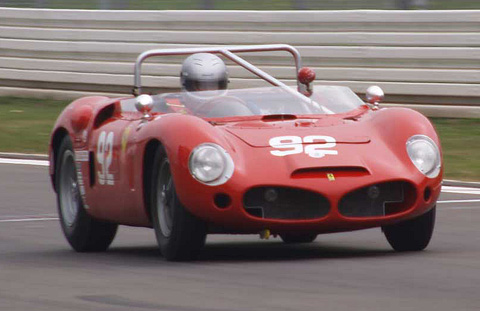 In 1962, Phil Hill and Oliver Gendebien shared the Dino 246 SP S/N 0790 and won the Nurburgring 1000Km. Here, presumably, the same car at the Ring forty-seven years later.
In 1962, Phil Hill and Oliver Gendebien shared the Dino 246 SP S/N 0790 and won the Nurburgring 1000Km. Here, presumably, the same car at the Ring forty-seven years later.
The Osca was also owned and raced by “Fon” Portago, hence the Spanish stripe.